The hop from San Francisquito to Santa Rosalia is about 80 miles, using our typical speed of 6 knots would make for a 13 hour passage. Up at 2:00am on on our way with some moonlight to guide us out of the bay at a crisp 6.8 knots.

Moon light departure from San Francisquito
There is an interesting phenomenon just around Punta San Francisquito, the current swirls and eddies like a class 5 rapid. Our first indication was strange wave patterns and before we knew it the boat was turned 30 degree off course. Wowza! Our speed dropped to 4.7 knots and a number of unintentional course changes came and went over the next hour. Finally we cleared the area and the rest of the trip was uneventful – just how we like them.
After grabbing a slip at the Fonatur marina it was time to explore. You can’t miss the nice central park with the Santa Rosalia sign.
Santa Rosalia is a former copper mining town with an interesting history. A French company built the city at the location of the natural resource and apparently stole the name from Mulege, which is about 50 miles south and was previously called Santa Rosalia Mulege. Along with the name, Mulege lost a huge number of citizens who moved to Santa Rosalia to work in the new mine. The lack of trees did not stand in the way of progress, lumber harvested in the pacific northwest was imported to build the structures and mine. Another import was a prefabricated metal church that was designed by Alexander Eiffel, of the “tower” fame, that had been used for the Paris World’s Exposition. It was a prototype the French government commissioned with a plan to put together church kits that could be built on its island territories. After the exposition the prototype was stored in a warehouse before being shipped to Santa Rosalia and reassembled.
Interested in the full history? Check out San Diego History Center’s article
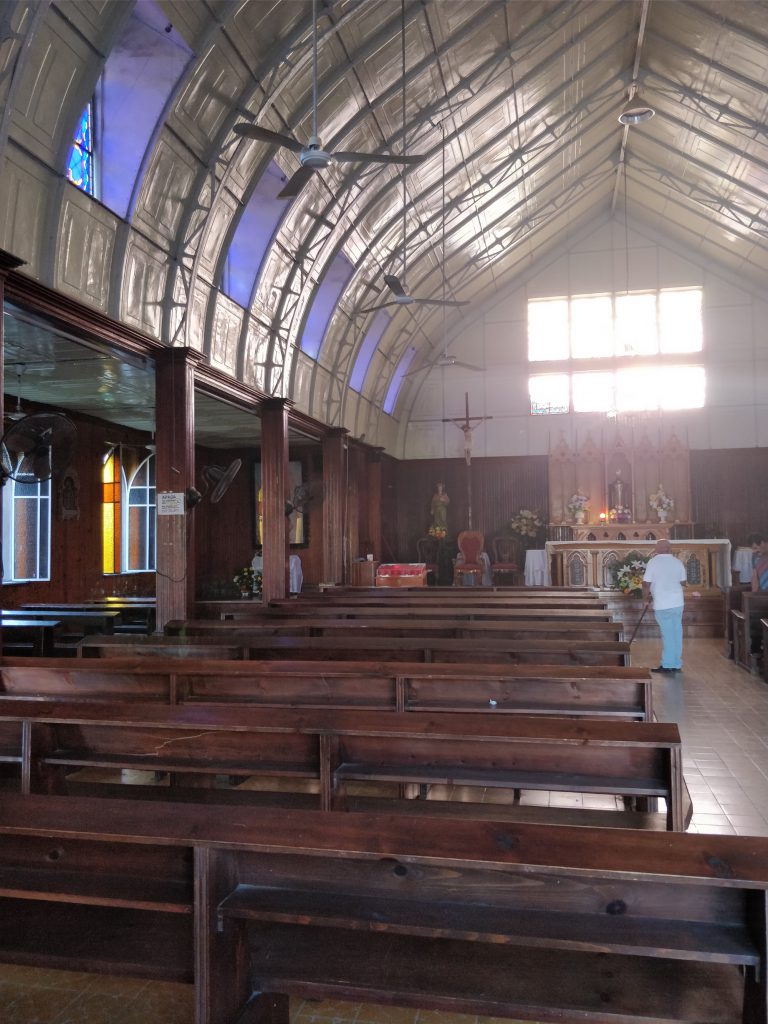
Interesting alternative to stained glass, a beautiful low cost solution
The mine opened in 1885 and operated about 100 years, however by the 1920’s the production was a fraction of its peak finally closing in 1986. In 2015, after a long and expensive reboot, the mine reopened on a much smaller scale. Thankfully there are now much more stringent environmental regulations because the original smelter spewed so much pollution that a mile long smokestack was built up the side of the hill above the mine in an attempt to keep the air in the town breathable. There is still evidence of the smelting process, a black sand beach which is actually slag.

Check out the length of the smokestack
The former mine office has been turned into a city museum offering a glimpse into the city’s life. There are a few surprises like a room dedicated to baseball players who made it big after getting their start in Santa Rosalia.
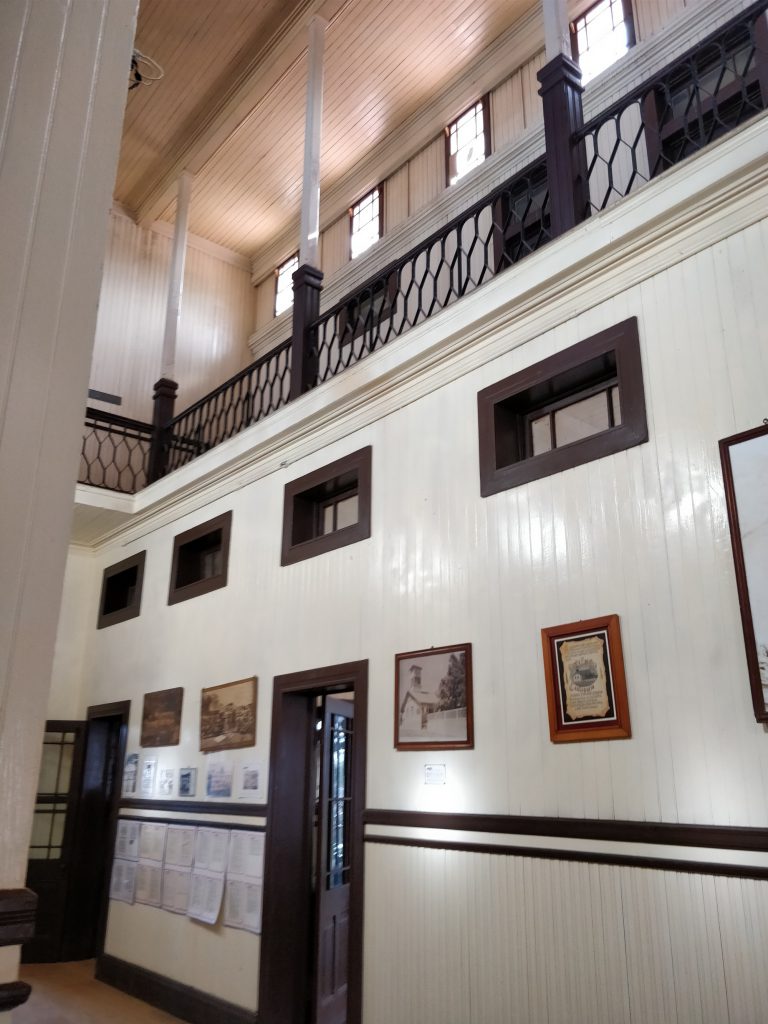
Hallway in the Santa Rosalia mine museum
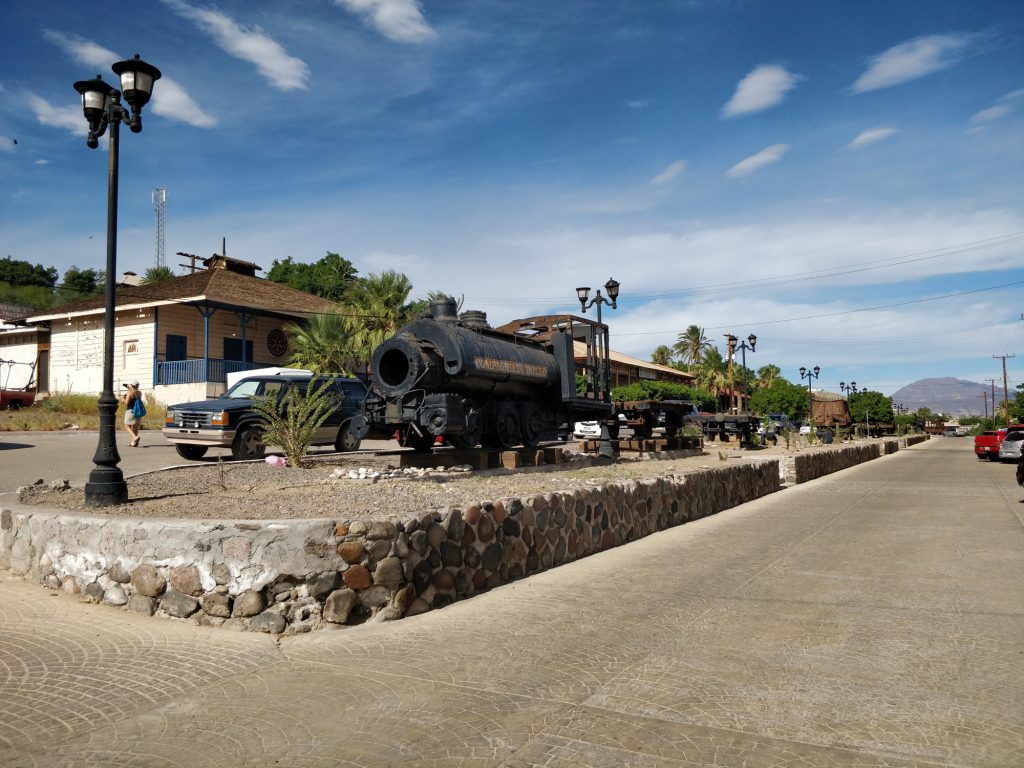
Jump aboard there are no fences in Mexico!
An ore bin is next to the harbor, I was a bit scared to stand next to it as one strong blow and it could collapse. The picture doesn’t do the huge timbers justice, those were some crazy enormous trees.
The management homes were built on the hill closest to the mine and were quite ornate. Today, a few have been converted into bed and breakfasts displaying the grandeur of the past while others not so much. Of course the laborers homes were placed down in the valley in simple buildings. Gotta love the class separation.

Looking down on the city of Santa Rosalia
Ah boat life, it was not just one big vacation. With the availability of fresh water Strikhedonia finally received a proper and complete wash. She still needs more love but is in much better shape until Arturo in La Pa can give her the shine she deserves. Some provisioning was needed as our fresh foods were declining and La Paz, a few weeks away, would be the next option. After getting hit in the past with the bonus tax for fueling up at Fonatur marinas, I took to hauling 20 liter Jerry cans a quarter mile to the Pemex. The heat and heavy jugs made for an exhausting morning and reaffirmed my boat life policy of only planning to do one thing per day.
The next day we were slow to get moving but hadn’t given it much thought since we only need to go about 20 miles. This turned out to be a mistake as the winded piped up and the port captain closed the harbor. It really didn’t look that bad, and the wind/seas would be following so I headed to the port captains office to get permission to leave. Being number three in line gave me time to reconsider and ask myself, why we had to leave today? There was simply no reason, so I turned around and walked back out with a new plan to enjoy the bonus day.


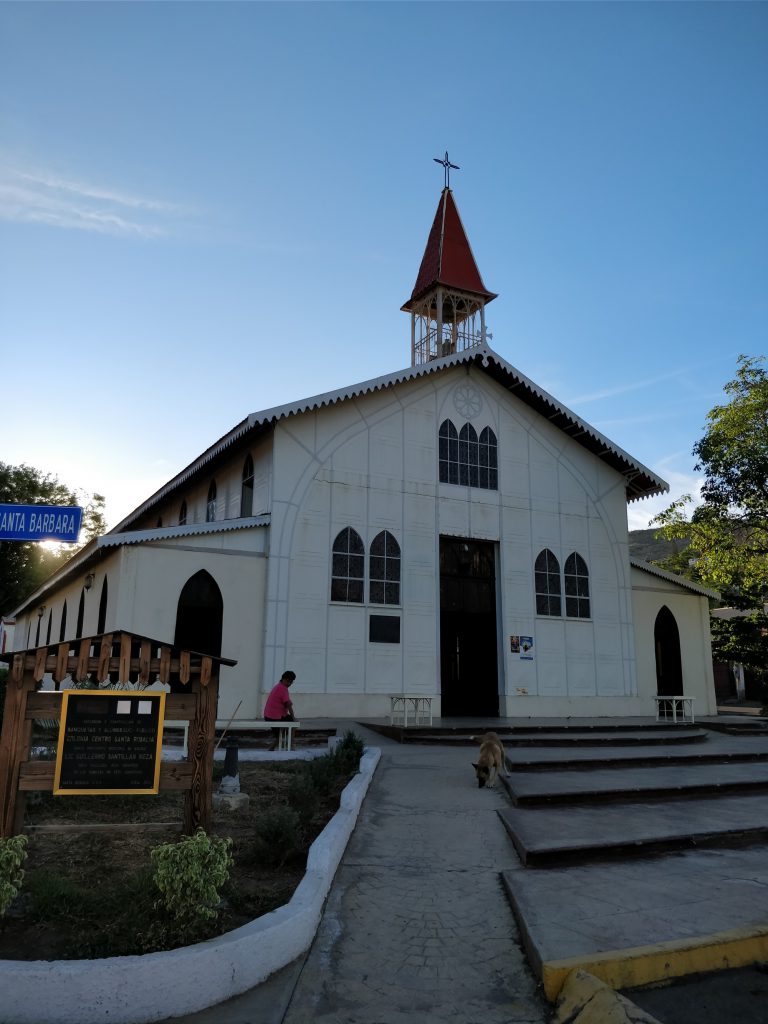
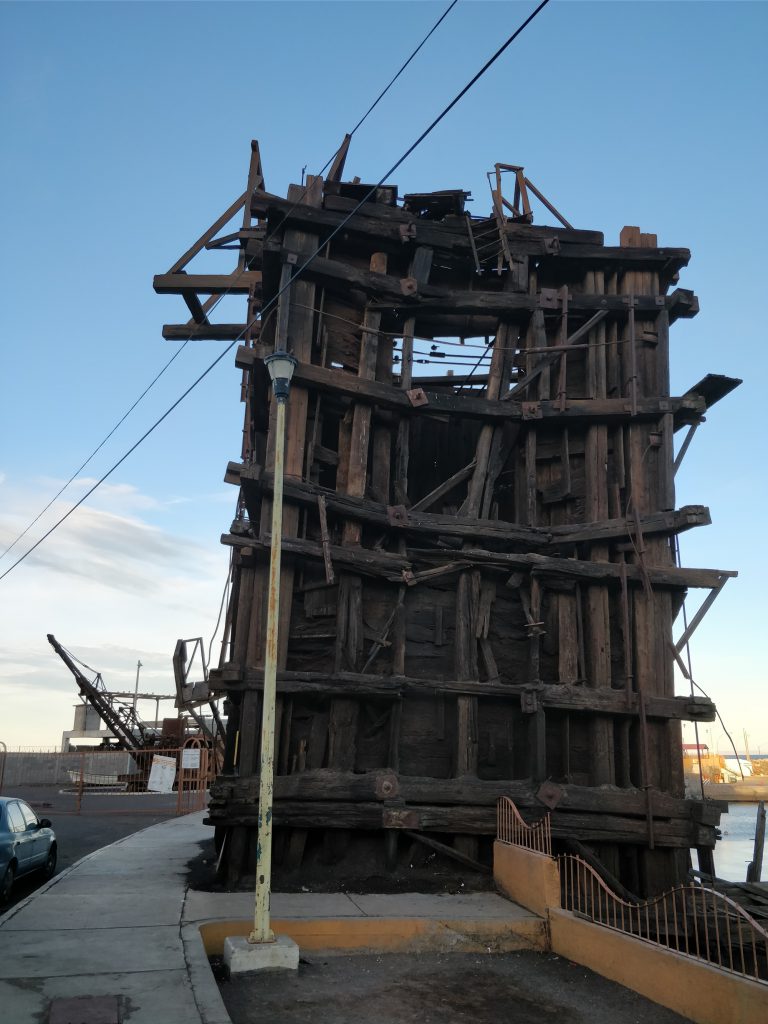

Hello,
I’ve just come upon your website and it is a pleasure to read your interesting and detailed articles. I am a sailor and am considering at some time ‘crewing’ and found the information you wrote on crewing excellent. I’ll be following your adventures!
Corinne Whelan
Victoria, BC